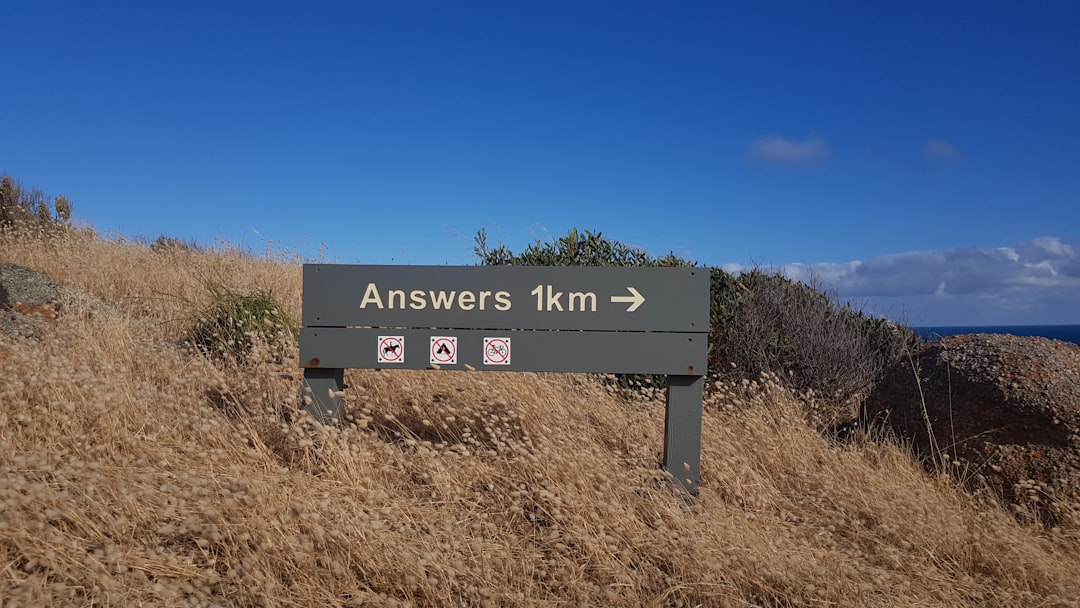
I was always fascinated by heteroscedasticity, how large data sets can be skewed by outliers thereby impacting/distorting any data results. I know this is more of a statistical construct but wondered how heteroscedasticity might impact decision making in the real world? -Brian
I think you are spot on in your intuition that just as outliers can impact/distort data results, they can also impact decision making in the real world. The main application to decision making that comes to mind is how we might think about availability bias as an outlier problem.
Availability bias is the tendency to overweight information that is vivid or easy to recall. This video offers a fantastic explanation of the bias:
The video opens with the question, “Which are more dangerous, sharks or horses?”
It feels like sharks are much more dangerous than horses. After all that’s why we have Shark Week!. Horse Week! wouldn’t exactly bring in the big Neilson numbers. But our intuition about the danger is the opposite of reality, with deaths caused by horses outstripping sharks by well over 20 to 1.
Why do we have this so wrong?
No doubt, the movie Jaws didn’t help us to think rationally about sharks. But the root cause of the mistake is that events we hear about more in the news, that are more vivid and emotional in their descriptions, are easier to recall from memory than things that are boring and dry in their detail.
And when something is easier to recall from memory we assess it as occurring more frequently in the real world.
This feels a lot like an outlier skewing the conclusions we draw from a dataset. If we vastly overweight things that are easier to recall, then those things will skew our perception of reality. Availability bias creates data points that act like outliers in our datasets.
Availability bias adversely affects the setting of public policy. As an example, Americans spend 25 times as much money fighting terrorism as they do fighting cancer, even though cancer kills 2000 times as many people.
People dying of cancer don’t generally make the news. The details of a death by cancer are not vividly reported, with great detail and riveting imagery.
Terrorist attacks, however, get an inordinate amount of news coverage in relationship to the actual danger of such an attack. And when reported on, it is with vivid footage of the aftermath, emotional reporting from the victims, rhetoric that inspires fear in the viewer. Because the footage of a terror attack is so easy to recall in such vivid detail, we wrongly assess the true danger to the public it poses in comparison to other dangers we might allocate funds to. And since our representatives are elected by us, our fears are reflected in them.
Availability bias creates outliers in our own memories, causing irrational assessments that have deep effects on public policy.




Squeaky wheels. When you have a bad headache, it's tough to think about how great your feet feel.
That's why I stopped watching the news about 50 years ago: the big news was the body count coming back home from Vietnam, followed by the body count of people murdered in various cities. And now it's the number of train derailments, car accidents, examples of human trafficking, etc., etc., etc. Which isn't to say that these things aren't bad and don't happen: they are and they do. But almost ~nothing~ good is ever reported. People seem to buy newspaper and watch TV that shows catastrophes. It's gotten where weather channels insist that people stay tuned for progress of a storm. As if watching the show--and, critically, the ads--will either stop the storm or give you some sort of life-saving warning about when to--what? Call a priest because you're about to die? From a rainstorm?
I'm not sure anyone has recently tried to put on good news and see if it sells. It would be a worthwhile experiment to try. Sure--throw in the bad news, too, but proportionately. Until someone does it, I'm more than happy not to watch commercial television. Haven't missed it for about half a century.